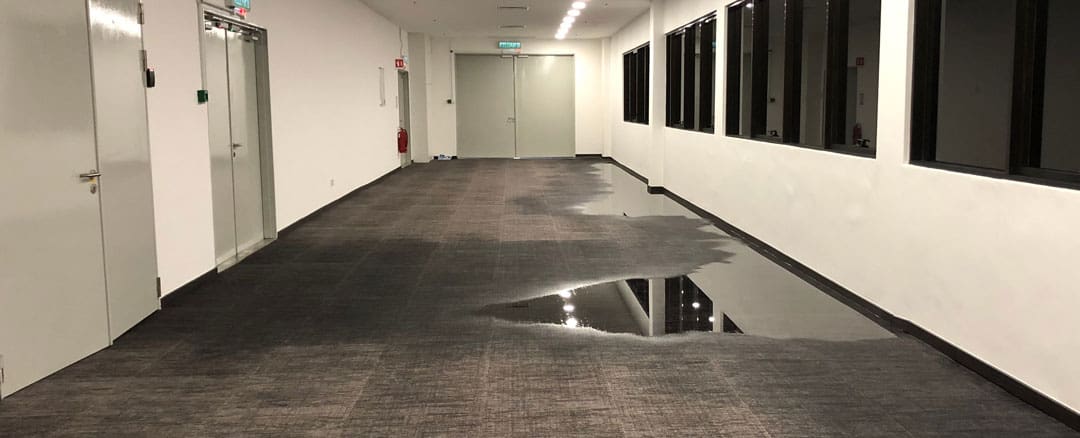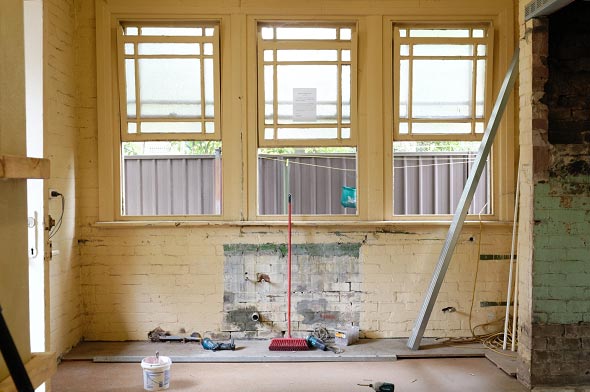Do's & Don'ts of Water Restoration.
Do's & Don'ts of Water Restoration.
Blog Article
This post down below pertaining to What You Can Do At Home To Prevent Fire And Water Damage is immensely intriguing. Give it a go and make your own conclusions.

Though water provides life, water invasion on parts where it's not expected to be can lead to damage. If the water saturates into your structure, it can peel off away surface areas as well as wear down the foundation. Mold and mildew as well as mildew also grow in a wet atmosphere, which can be dangerous for your health. Residences with water damage scent musty and also old.
Water can originate from numerous resources such as hurricanes, floods, burst pipelines, leaks, and also drain concerns. In case you experience water damage, it would be great to know some safety and security precautions. Here are a couple of guidelines on exactly how to deal with water damages.
Do Prioritize Home Insurance Policy Coverage
Water damages from flooding because of hefty winds is seasonal. However, you can additionally experience an unexpected flooding when a defective pipeline suddenly ruptures right into your residence. It would be best to have residence insurance that covers both acts of God such as all-natural catastrophes, and emergencies like damaged plumbing.
Do Not Forget to Shut Off Energies
In case of a disaster, particularly if you stay in a flood-prone location, it would be advisable to turn off the primary electric circuit. This removes power to your entire residence, preventing electrical shocks when water is available in as it is a conductor. In addition, do not forget to turn off the main water line shutoff. Furniture will move about and also create damages when floodwaters are high. Having the main shutoff shut down prevents more damage.
Do Stay Proactive as well as Heed Weather Condition Informs
Tornado floodings can be very unpredictable. If there is a history of flooding in your neighborhood, stay positive as well as ready. Pay attention to emptying cautions if you live near a river, creek, or lake . Take out belongings from the ground floor and also cellar, after that placed them on the highest feasible degree. Doing so decreases potential residential property damage.
Do Not Overlook the Roofing System
Prior to the weather condition turns frightful, make sure you have a roofing evaluation. In fact, it would certainly be prudent to receive this solution every year as it can reduce complicated problems. If there are no openings and leakages in your roof covering, you can stay clear of rain damages. Your roofing contractor will likewise care for defective seamless gutters or any other indicators of weakening. This will protect against water from streaming down your walls and saturating your ceiling.
Do Focus On Tiny Leaks
A ruptured pipeline does not occur overnight. You may discover bubbling paint, peeling wallpaper, water touches, water discolorations, or leaking noises behind the walls. Have your plumbing repaired prior to it results in large damages.
Don't Panic in Case of a Ruptured Pipeline
When it comes to water damages, timing is key. Therefore, if a pipeline bursts in your house, immediately shut off your major water valve to cut off the resource. Call a trusted water damages restoration expert for aid.
Water gives life, water invasion on components where it's not supposed to be can result in damage. Residences with water damages smell musty as well as old.
Water damages from flooding dues to heavy winds is seasonal. You may see gurgling paint, peeling wallpaper, water streaks, water stains, or leaking audios behind the wall surfaces. When it comes to water damage, timing is essential.
Some Do's & Don't When Dealing with a Water Damage
DO:
Make sure the water source has been eliminated. Contact a plumber if needed. Turn off circuit breakers supplying electricity to wet areas and unplug any electronics that are on wet carpet or surfaces Remove small furniture items Remove as much excess water as possible by mopping or blotting; Use WHITE towels to blot wet carpeting Wipe water from wooden furniture after removing anything on it Remove and prop up wet upholstery cushions for even drying (check for any bleeding) Pin up curtains or furniture skirts if needed Place aluminum foil, saucers or wood blocks between furniture legs and wet carpet Turn on air conditioning for maximum drying in winter and open windows in the summer Open any drawers and cabinets affected for complete drying but do not force them open Remove any valuable art objects or paintings to a safe, dry place Open any suitcases or luggage that may have been affected to dry, preferably in sunlight Hang any fur or leather goods to dry at room temperature Punch small holes in sagging ceilings to relieve trapped water (don't forget to place pans beneath!); however, if the ceiling is sagging extremely low, stay out of the room and we'll take care of it DO NOT:
Leave wet fabrics in place; dry them as soon as possible Leave books, magazines or any other colored items on wet carpets or floor Use your household vacuum to remove water Use TV's or other electronics/appliances while standing on wet carpets or floors; especially not on wet concrete floors Turn on ceiling fixtures if the ceiling is wet Turn your heat up, unless instructed otherwise

As a fervent person who reads about Preventing Fires and Water Damage In Your Home, I was thinking sharing that excerpt was a great idea. If you enjoyed reading our page plz don't forget to pass it around. Thanks for going through it.
Report this page